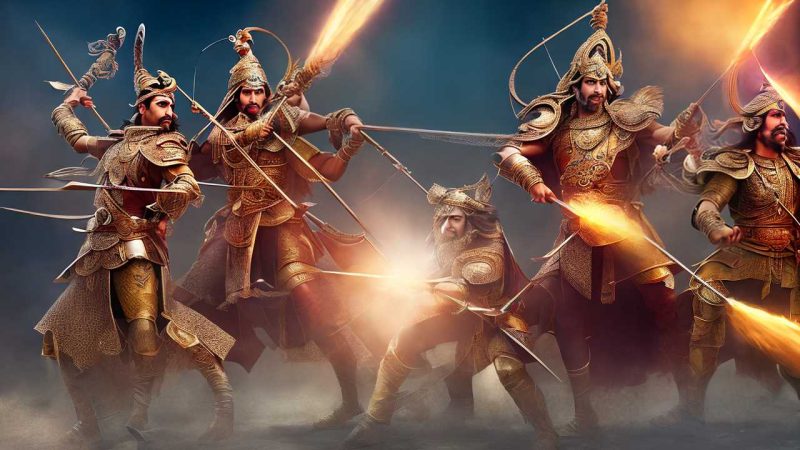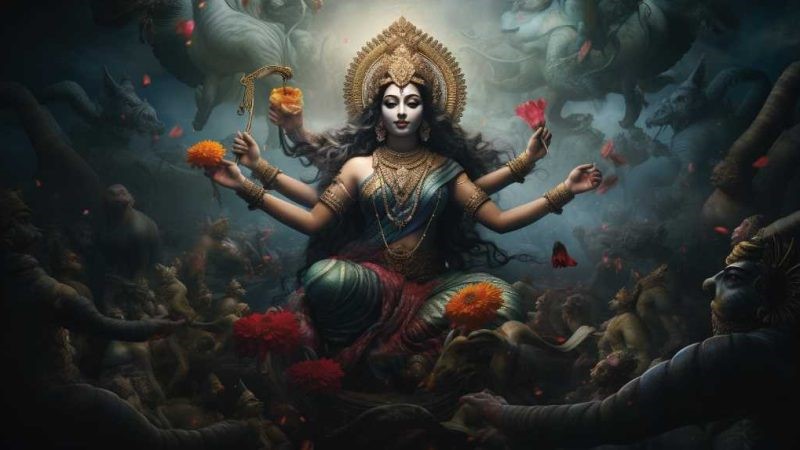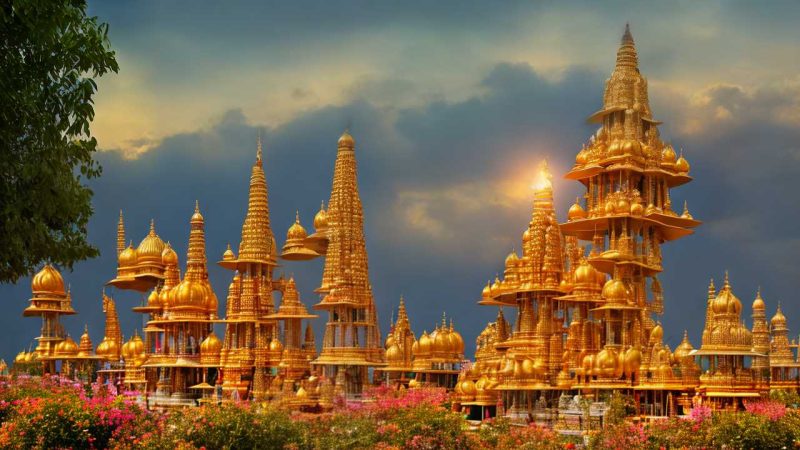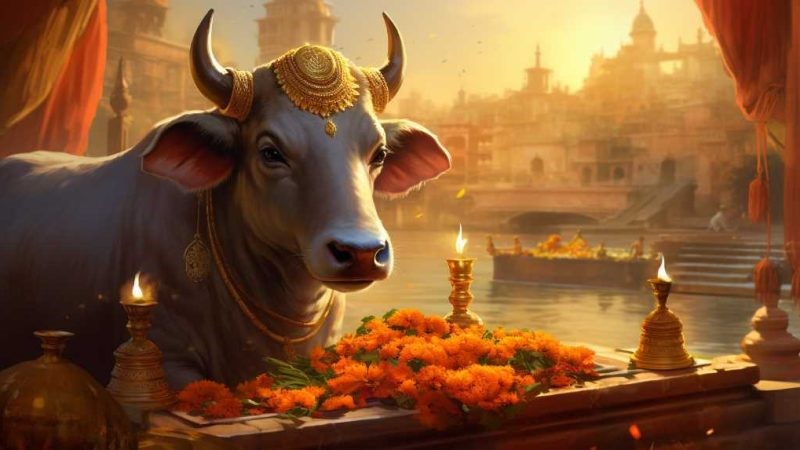The Feast of Marriage Hindu Wedding Cuisine
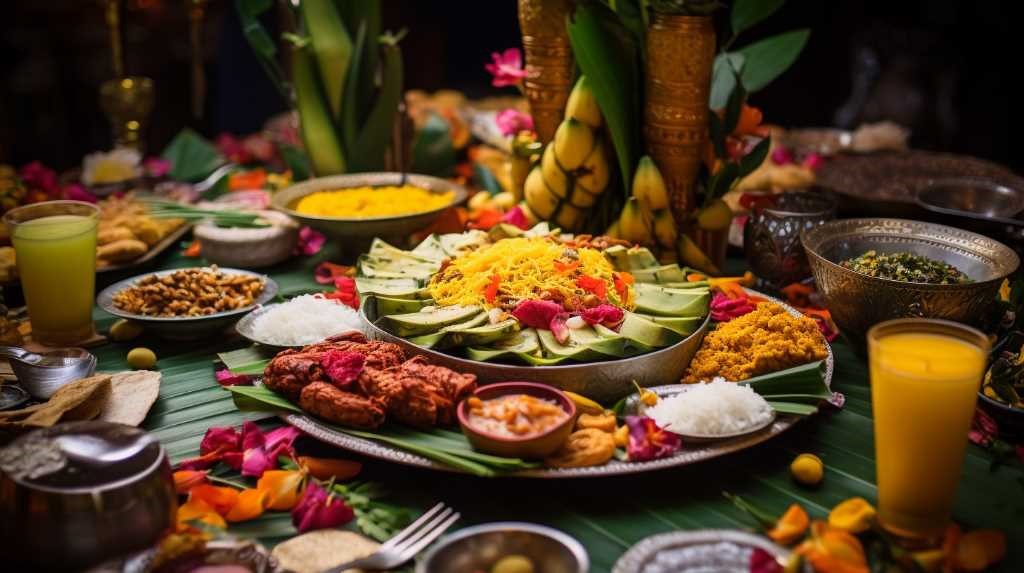
In Hindu weddings, food is very important. Each dish has a special meaning in their traditions. The wedding meals are not just delicious; they also show the history and beliefs of the two families coming together. During these weddings, you can taste many different kinds of food, showing the various traditions and values of the people there. Whether the dishes are vegetarian or have meat, they are chosen with care to celebrate the couple’s love and promise to each other.
Understanding this food tradition is about learning the stories behind the great dishes at the wedding. It takes a lot of planning to make these meals so special. Let’s take a closer look at the food at Hindu weddings. As we do, we might understand better how important food is in joining two people in marriage.
For example, during a Hindu wedding, you might find a dish like ‘Paneer Tikka’, which is a popular vegetarian option made from chunks of paneer marinated in spices and grilled. It’s a favorite because it’s tasty and fits the vegetarian diets that many Hindus follow. On the non-vegetarian side, ‘Mutton Biryani’ might be served, which combines rice with flavorful mutton and is often made to celebrate special occasions. These dishes are just a sample of the elaborate and carefully prepared food that makes a Hindu wedding feast so memorable.
The Ritual Significance of Food
At a Hindu wedding, food holds more than just nourishment. It carries special meanings and plays a significant role in the ceremony. Each dish carefully chosen serves a purpose, conveying wishes for the couple’s happiness and prosperous life together. For instance, sweets symbolize the hope for a joyful future, while spices like turmeric represent good health, fertility, and abundance. The act of eating together during the wedding, especially during the moment when the couple takes the seven sacred steps, fosters unity and brings both families closer. By delving into the reasons behind the selection of specific foods, we gain insight into the profound cultural traditions intertwined with weddings. Thus, the wedding meal becomes a reflection of the broader concepts and values associated with marriage.
Pre-Wedding Culinary Traditions
Food is very important in Hindu weddings, especially before the actual wedding day. These food traditions are more than just about eating; they welcome guests and show off the family’s background and kindness.
Before the wedding, at events like the Sangeet or Mehendi, the families serve a variety of special dishes, sweets, and snacks that come from where the bride and groom’s families are from. This is done to respect old family recipes and to wish the couple a happy future.
For example, at a Sangeet, you might find a spread of spicy street food snacks such as pani puri, along with sweet treats like jalebi, which are syrupy, pretzel-shaped desserts. These dishes are not just delicious; they’re chosen to tell a story about where the families come from and to bring everyone together to celebrate. It’s like giving guests a taste of the couple’s heritage and the fun to come on the wedding day.
In these pre-wedding events, it’s common to see the family’s elders sharing stories about the dishes, explaining how they’ve been passed down through generations. This adds a personal touch and helps guests appreciate the food and the occasion even more.
The Wedding Day Banquet
As the wedding day starts, everyone is excited. A big feast is planned to celebrate the couple and show off the beautiful Hindu traditions. The food brings together tastes from different areas and old family recipes, showing respect for both families’ backgrounds and the new journey the couple is taking.
Every dish has a special meaning, like using saffron and ghee which are seen as good luck, and making sure there’s a mix of all the different tastes like sweet, salty, and spicy. This helps make the meal feel complete and adds to the experience. It’s like a mix of many things that come together perfectly, just like a good marriage.
To make it clear, think of a dish like biryani, which has a lot of layers and spices, and it’s made for special occasions. It’s a good example of how the food at the wedding isn’t just tasty, it’s also full of symbols and stories.
Regional Variations in Dishes
Wedding meals at Hindu celebrations showcase the unique tastes from different parts of India. In the North, guests might enjoy creamy cheese dishes and flavorful butter chicken, all served with soft naan bread. These foods are popular in the region and known for their heavy use of dairy and spices.
Southern Indian weddings often have a variety of rice dishes, like tangy lemon rice, and thick vegetable stews called sambar. These are usually eaten with a range of dips called chutneys and thin, crunchy pancakes known as dosas. These foods are common in the South because rice and lentils are staple ingredients there.
Moving to the East, you’ll find that weddings often have lots of sweets, including cheese-based rasgulla and milk-based sandesh. These desserts are loved in this region and are part of their tradition of making intricate sweets.
In the Western part of India, like in Gujarat, you’ll taste dishes that mix sugar and spices, showing their love for blending sweet and savory flavors. These regional dishes are more than just food; they’re a celebration of where people come from and how they connect with each other.
It’s important to enjoy these foods not just for their taste but to appreciate the local customs and the way they bring people together. When attending a Hindu wedding, you get to experience a true feast that’s rich in variety and full of the flavors that make each region’s cuisine special.
Sweet Endings: Desserts and Beverages
In a Hindu wedding, desserts and drinks are very important. They are not just sweet treats, but they also have a special meaning for the wedding. For example, people love to eat gulab jamun, ras malai, and jalebi, especially at weddings in North India. These sweets represent the happy life everyone hopes the new couple will have.
Drinks like masala chai, which is full of spices, and lassi, which is cool and creamy, help clean your taste buds. They are a nice change from the heavy food served before.
These desserts and drinks show that the hosts care a lot about their guests. They want to make sure everyone has a good time and remembers the wedding fondly.
Conclusion
The food served at Hindu weddings isn’t just about tasting good. It’s important because it represents the culture and the special meaning behind wedding rituals. Each region in India has its own unique dishes that add to the overall celebration. For instance, during a South Indian wedding, you might enjoy a spread of rice, sambar, and dosas, which are not only delicious but also signify the region’s culinary heritage.
At the wedding feast, you can expect to find a wide variety of foods. The different flavors and dishes show the community’s good wishes for the couple as they start their married life. Desserts and drinks, like gulab jamun and lassi, are a sweet way to wish the couple happiness and success.
In short, these food traditions do more than just feed the guests. They bring everyone together to celebrate the couple’s new beginning in a way that honors their cultural background.

